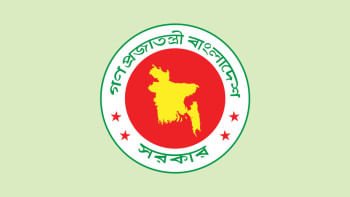Iran working to restore nuke programme
Mohammad Eslami, the head of the Atomic Energy Organization of Iran, has said the country is evaluating the damage inflicted on its nuclear programme and planning to rehabilitate it.
"We have taken the necessary measures and are currently assessing the areas that were damaged," Eslami said in a statement carried by Iran's Mehr news.
"Preparations for recovery had already been anticipated, and our plan is to prevent any interruption in production or services," he said.
After President Donald Trump bragged US strikes had "obliterated" Iran's nuclear capabilities, officials cautioned it was still too soon to assess the impact on the country's nuclear programme.
With 60pc enriched uranium and a few hundred advanced centrifuges, Iran still has the capability to pursue weaponisation
Many questions remain after Sunday's strikes, especially about the whereabouts of Iran's sensitive stockpile of uranium enriched to 60 percent -- a short step from the 90 percent required for a nuclear weapon, reports AFP.
Before the attacks, Iran had about 22,000 centrifuges -- the machines used to enrich uranium. Many of them were damaged when Natanz was hit, the IAEA head said.
With "60 percent enriched uranium and a few hundred advanced centrifuges, Iran still has the capability to weaponise, and now there is more political impetus to dash for a bomb", said Kelsey Davenport, an expert with the Arms Control Association, told AFP.
Before the conflict, the IAEA said it had "no indication" of the existence of a "systematic programme" in Iran to produce a nuclear weapon. But without access to nuclear sites, the agency no longer has oversight.

 For all latest news, follow The Daily Star's Google News channel.
For all latest news, follow The Daily Star's Google News channel. 



Comments